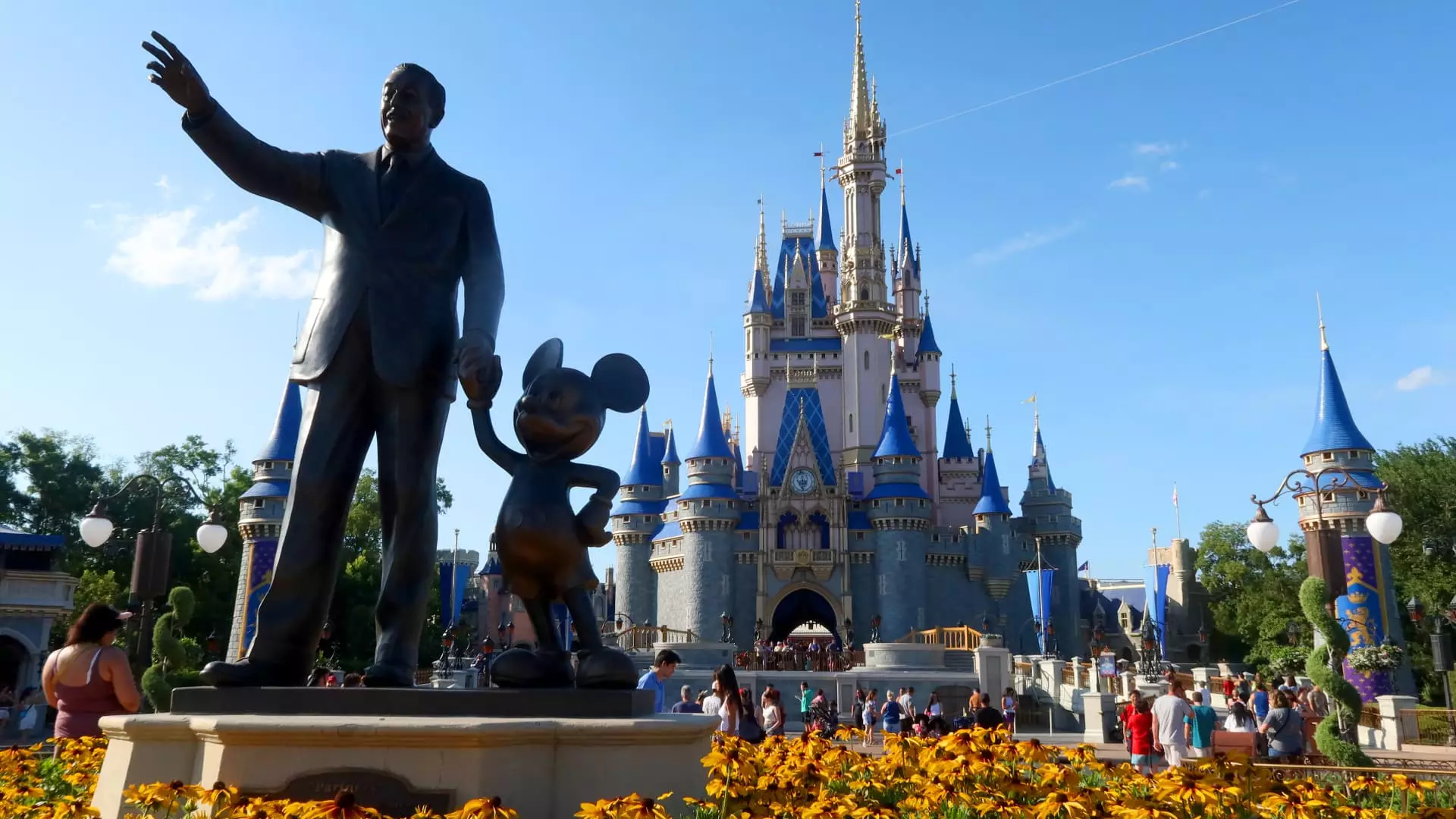As Disney prepares to unveil its fiscal fourth-quarter earnings on Thursday, all eyes are fixed on a company navigating a complex landscape of streaming services and theme park operations. Investors and analysts alike are poised to decipher the implications of the results, particularly as they pertain to the performance of key business segments. The question of succession for CEO Bob Iger looms large over this earnings report, as stakeholders seek insights into the future leadership of a company with a storied history in entertainment.
Wall Street anticipates that Disney will report earnings per share (EPS) of $1.10 and total revenue reaching $22.45 billion, according to analysts from LSEG. These forecasts hinge on the dual performance of Disney+ alongside Hulu and ESPN+. Investors are seeking not just numbers, but substantive progress that signals a path toward profitability for the streaming division. Last quarter marked a pivotal moment, as Disney’s streaming services managed to register a profit for the first time—but maintaining this momentum while competing against traditional media giants remains a formidable task.
Subscriber growth presents both opportunities and challenges for Disney. While the company experienced success last quarter, competitors like Warner Bros. Discovery, Netflix, and Comcast have reported significant increases in their subscriber numbers—7.2 million, 5 million, and 3 million additions, respectively. Observers are particularly curious if Disney can maintain its competitive edge amid a landscape characterized by aggressive growth tactics from competitors. Mike Proulx from Forrester notes that although a crackdown on password sharing may yield a temporary boost in Disney’s subscriber count, it may not prove sustainable in the long run. This precarious balancing act between subscriber gains and profitability strategies signals underlying pressures that Disney must navigate carefully.
Shifts in consumer sentiment are impacting Disney’s theme park operations, particularly in the U.S., where attendance has stagnated. Despite the magical allure of its parks, last quarter saw a no-growth scenario—a concerning trend for a brand heavily reliant on its physical experiences. Investors will be keen to gain insights into how Disney plans to overcome these hurdles, particularly as consumer preferences shift and economic uncertainties linger.
Adding another layer of complexity is the impending transition in leadership. With Bob Iger announcing plans to retire in early 2026, the search for his successor is already shaping corporate narratives. The incoming chairman, James Gorman, has taken a leadership role in this endeavor, and investors are watching closely for updates regarding who may eventually steer Disney into a new era. This leadership transition could significantly impact future strategic decisions, especially in navigating the challenges currently facing the entertainment giant.
As Disney approaches this crucial earnings release, the multitude of pressures ranging from streaming growth and theme park performance to imminent leadership changes will be pivotal in shaping investor sentiment. With both opportunities and challenges laid bare, the path forward for Disney is fraught with complexity but also rich in potential—if it can adapt and innovate in a rapidly evolving market.

